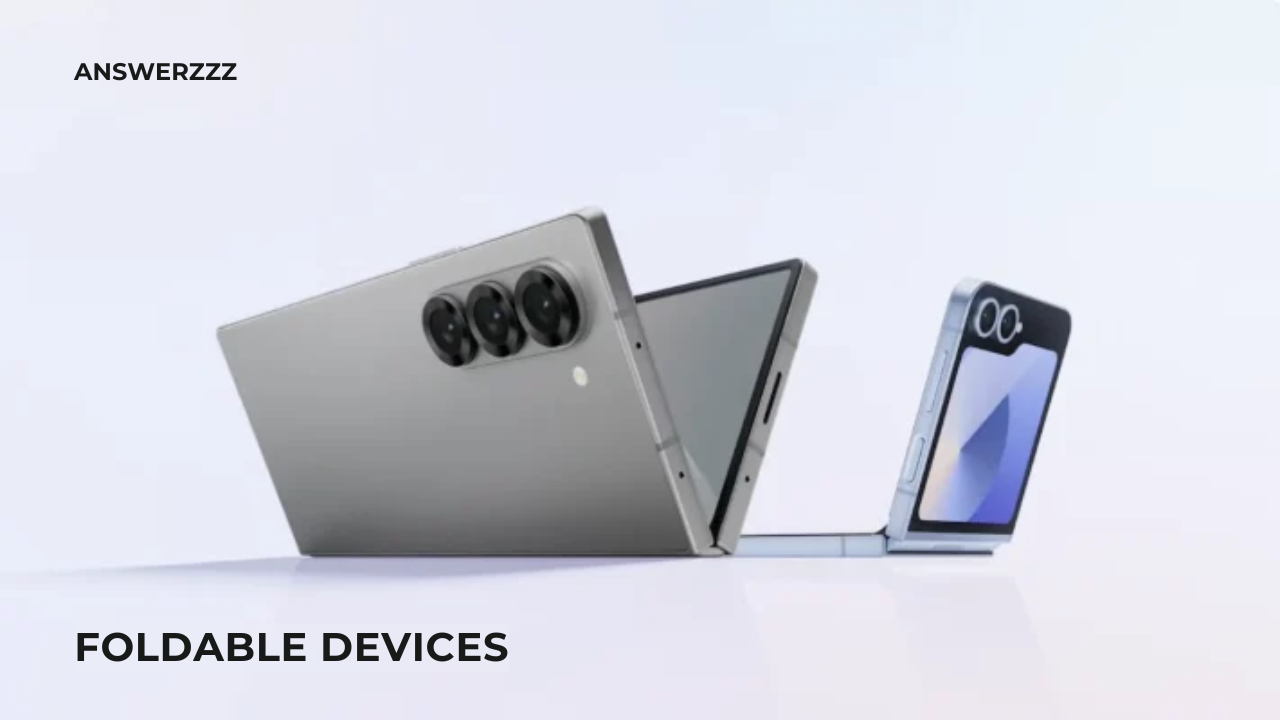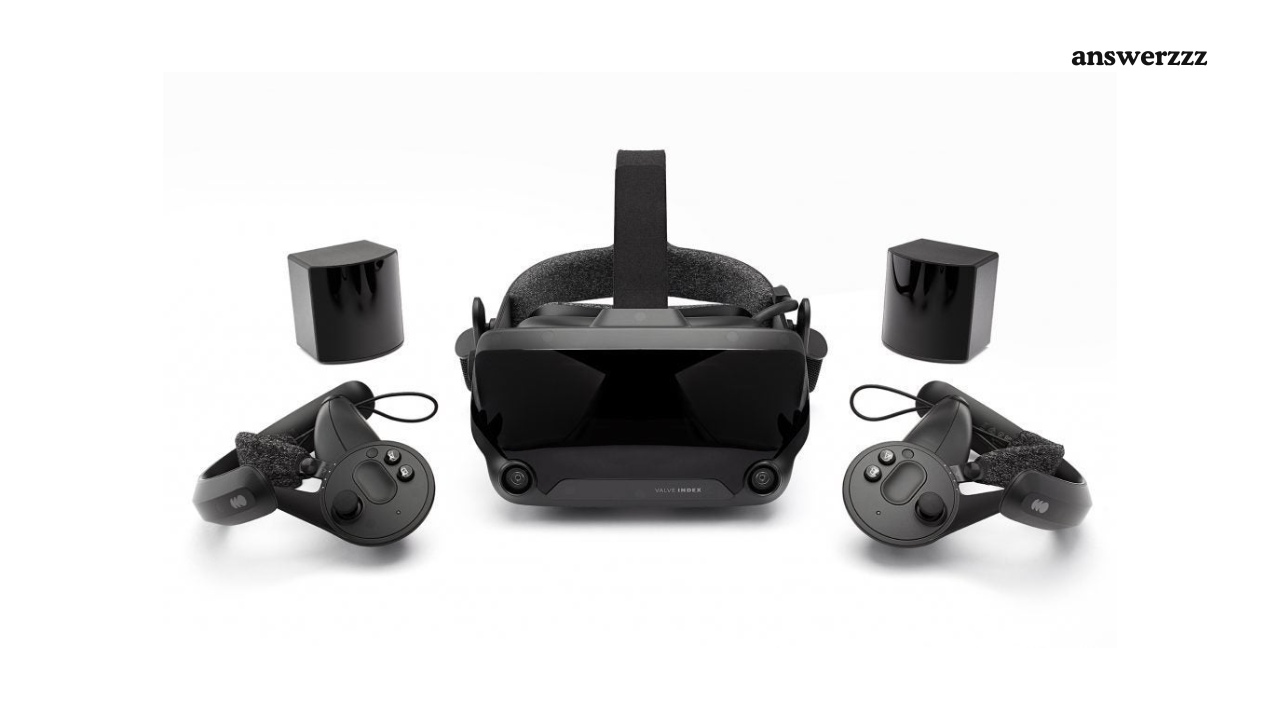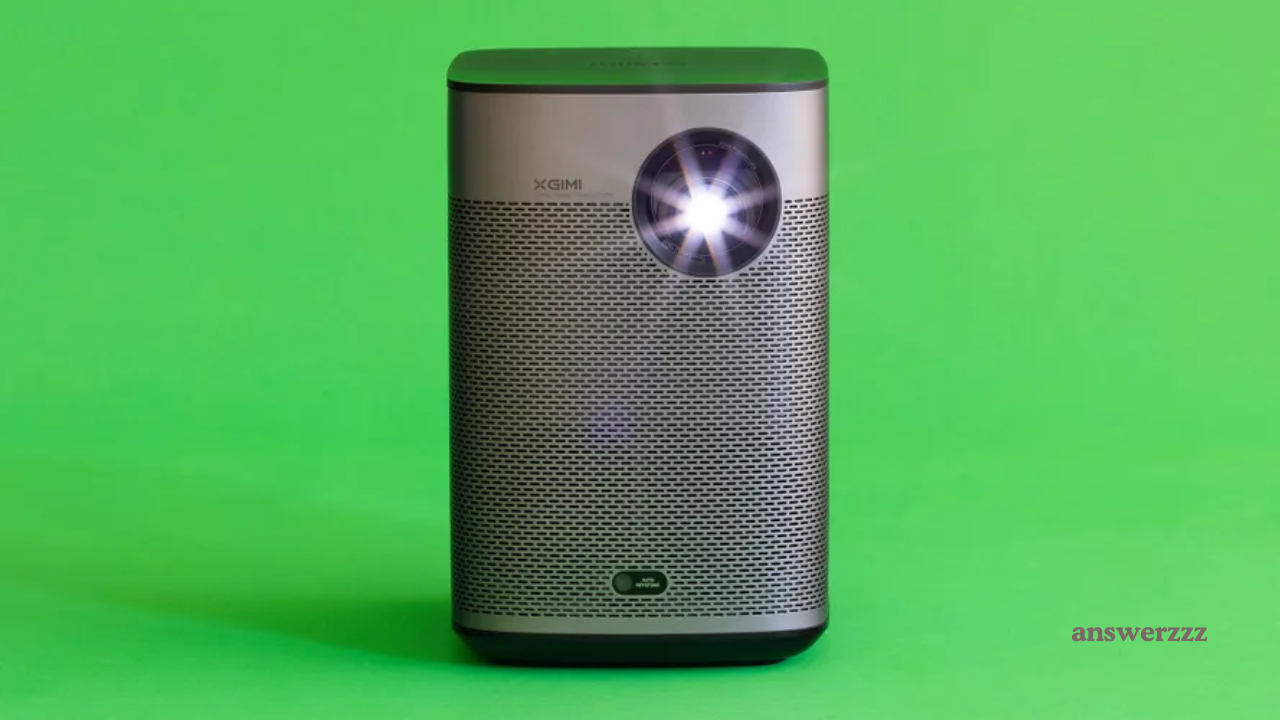In recent years, the technology landscape has witnessed a significant transformation, largely driven by innovations in design and functionality. Among the most notable advancements are foldable devices, which are reshaping how we interact with technology. This article explores the rise of flexible technology, delving into its evolution, benefits, challenges, and future potential.
The Evolution of Foldable Technology
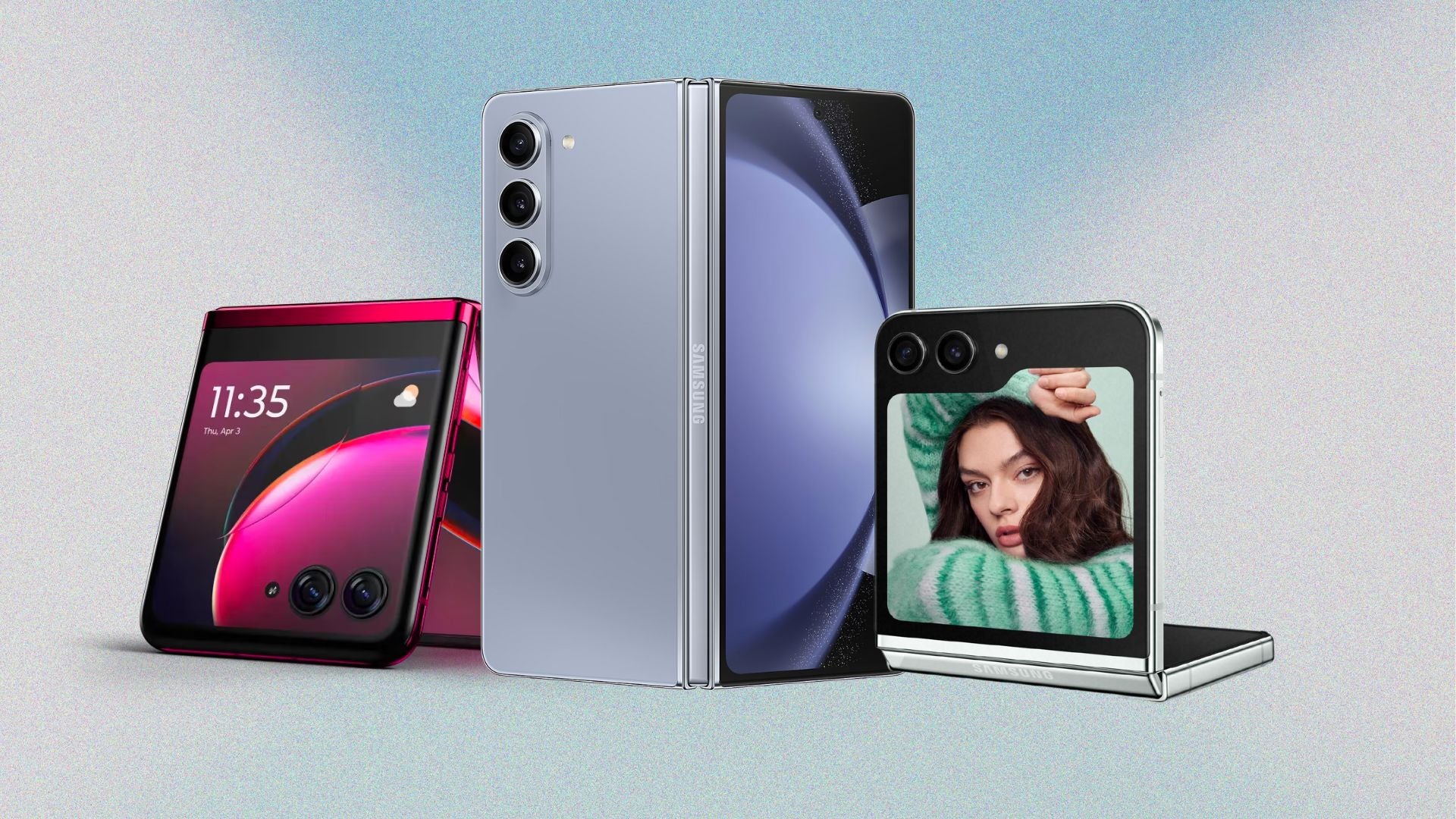
Early Innovations
The concept of foldable devices isn’t entirely new. Early iterations can be traced back to the 2000s, with prototypes and concept designs emerging that experimented with flexible displays. However, it wasn’t until the advent of OLED (Organic Light Emitting Diode) technology that the dream of foldable screens began to materialize. OLED displays are inherently more flexible than traditional LCDs, making them ideal for devices that require bending or folding.
Key Milestones
The journey toward commercially viable foldable devices gained momentum in the late 2010s. Major tech companies such as Samsung, Huawei, and Motorola began unveiling their foldable smartphones, showcasing the potential of flexible technology. Samsung’s Galaxy Fold, released in 2019, marked a significant milestone, introducing a device that combined the functionality of a smartphone and a tablet. Similarly, the Huawei Mate X presented a unique design, folding outwards to create a larger screen.
The Current Landscape
As of 2023, the foldable device market has expanded significantly. Various manufacturers have entered the arena, offering diverse designs, functionalities, and price points. From smartphones and tablets to laptops and wearable devices, the flexible technology trend has found applications across multiple categories, appealing to a broad range of consumers.
Advantages of Foldable Devices
Wearable Tech Evolution: From Fitness Trackers to Smart Glasses
Enhanced Portability
One of the most compelling benefits of foldable devices is their portability. Users can enjoy the benefits of a larger display without the bulk of a traditional tablet or laptop. This is particularly advantageous for those who are constantly on the go and require powerful yet compact devices. Foldable smartphones can fit comfortably in pockets or bags, providing versatility in various settings.
Multi-Tasking Capabilities
Foldable devices often come with the ability to run multiple applications simultaneously. With a larger screen, users can easily engage in multitasking, switching between apps or using split-screen functionalities. This enhances productivity, especially for professionals who rely on their devices for work-related tasks.
Immersive Experiences
Foldable displays allow for more immersive experiences, particularly in gaming and media consumption. The expansive screen real estate can enhance visual experiences, making movies, games, and presentations more engaging. This immersive quality has led to a growing interest in foldable devices for entertainment purposes.
Challenges Facing Foldable Technology
)
Durability Concerns
Despite their innovative designs, foldable devices have faced criticism regarding their durability. The moving parts and flexible screens can be more susceptible to wear and tear compared to traditional devices. Manufacturers have invested in robust testing and engineering to improve the longevity of these devices, but concerns still linger among consumers.
Software Optimization
The unique form factors of foldable devices present challenges for software developers. Applications must be optimized to take advantage of the flexible displays, ensuring a seamless user experience. While many developers are rising to the challenge, the transition is ongoing, and not all apps function perfectly on foldable screens.
Price Point
Foldable devices generally come at a premium price, which can deter potential buyers. The advanced technology and engineering required for their production contribute to higher costs. As the market matures and competition increases, prices may gradually decrease, making these devices more accessible to a wider audience.
The Impact on Consumer Behavior
Changing User Expectations
The rise of foldable devices has led to shifting consumer expectations. Users now seek versatility and functionality in their devices, expecting them to seamlessly integrate into their daily lives. This trend is pushing manufacturers to innovate further, exploring new designs and features that cater to evolving consumer needs.
Influence on Future Designs
The success of foldable technology has inspired other industries to explore flexible designs. From clothing to furniture, the principles of flexibility and adaptability are being integrated into various products. This trend could pave the way for a future where flexible technology becomes the norm across multiple sectors.
Future Potential of Foldable Devices
Advancements in Technology
As research and development continue, the potential for foldable devices is vast. Future advancements in materials science, display technology, and battery efficiency could lead to even thinner, lighter, and more durable devices. Innovations such as rollable displays and self-healing materials may further revolutionize the foldable device market.
Expanded Applications
Beyond smartphones and tablets, the future of foldable technology could see applications in areas such as wearable devices, automotive displays, and even smart home technology. The potential to create flexible screens that can be integrated into various environments opens up exciting possibilities for both consumers and manufacturers.
Integration with AI and IoT
The integration of foldable devices with artificial intelligence (AI) and the Internet of Things (IoT) can create more intelligent and interconnected user experiences. Imagine a foldable device that adapts its functionality based on user behaviour, seamlessly transitioning between work and leisure modes. This level of integration could redefine how users interact with their technology.
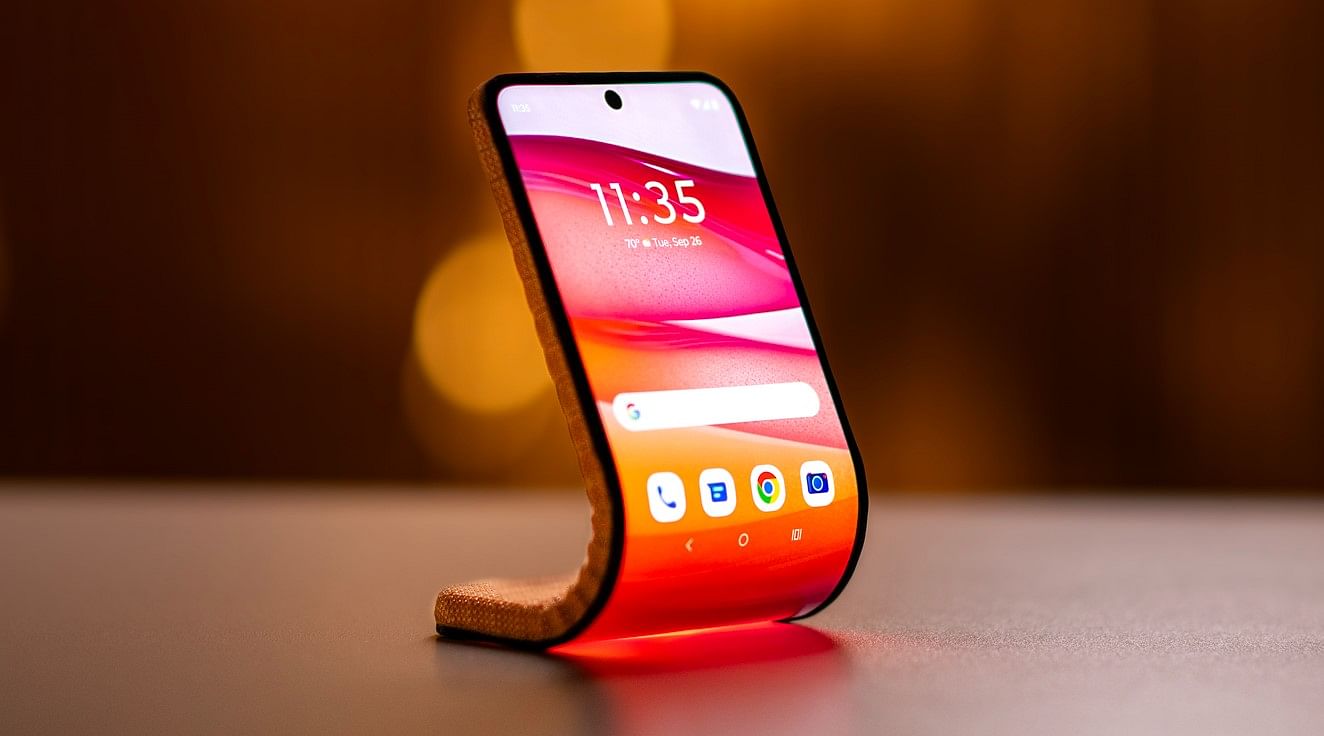
The rise of foldable devices marks a significant turning point in the evolution of technology. As manufacturers continue to innovate and address existing challenges, the future of flexible technology holds immense potential. With advantages such as enhanced portability, multi-tasking capabilities, and immersive experiences, foldable devices are poised to become an integral part of our digital lives.
As consumers embrace this new era of technology, the demand for flexible devices will likely continue to grow. By adapting to changing user expectations and leveraging advancements in materials and design, the foldable device market can pave the way for a future where technology is not only powerful but also adaptable to the diverse needs of its users.
In the years to come, we can expect to see foldable devices evolve further, merging seamlessly into our lifestyles and fundamentally altering the way we interact with technology. The journey of flexible technology has only just begun, and its potential is limited only by our imagination.
